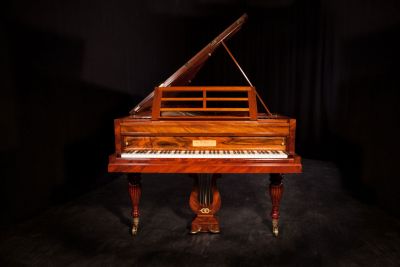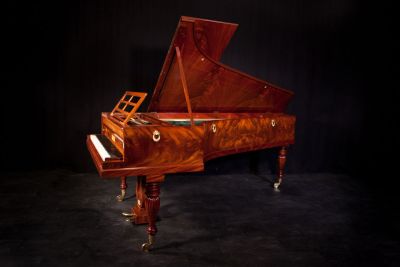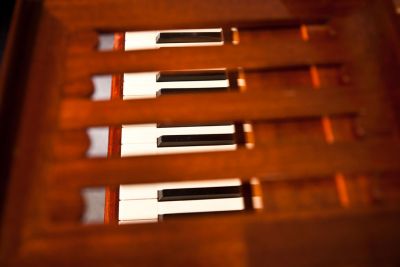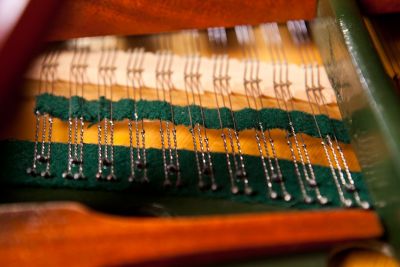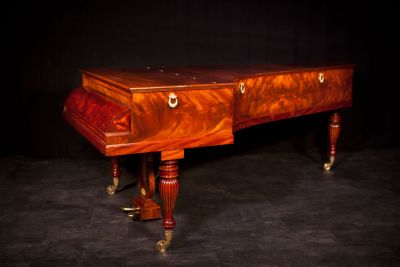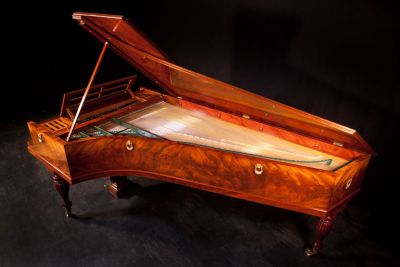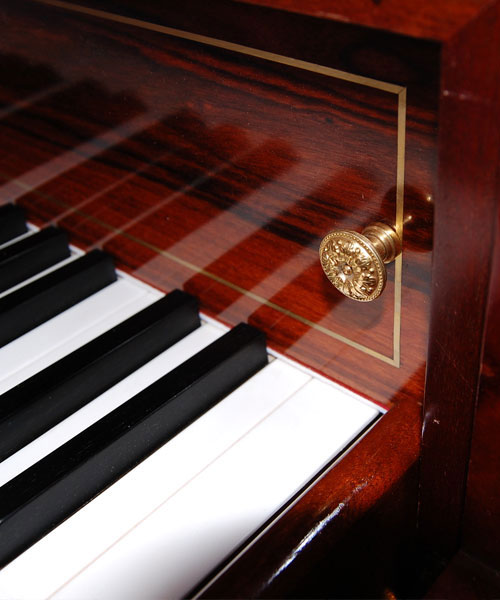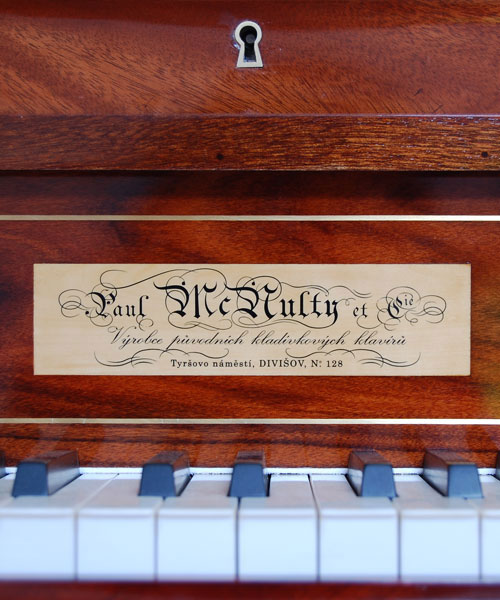

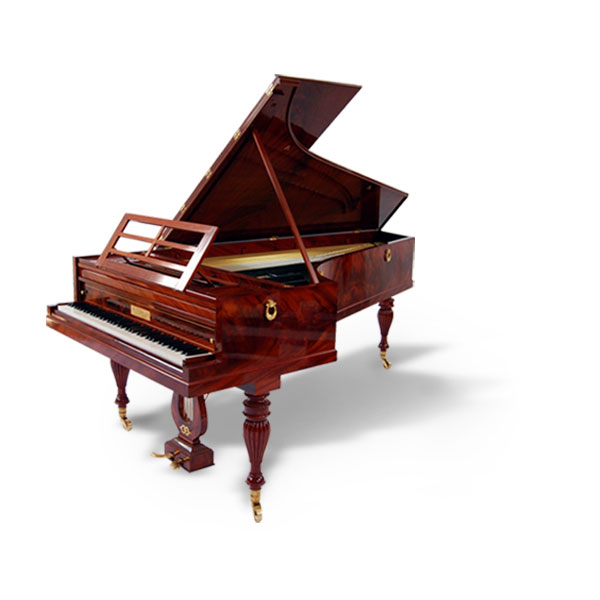
THE PIANO THAT STOLE CHOPIN’S HEART
An exact copy of the piano that stole Chopin’s heart immediately – upon playing it, he exclaimed it was “non plus ultra” (nothing can beat that!). Chopin’s music is synonymous with piano music, for which this is the ultimate instrument. Described as the “marriage of crystal and water”, the delicate yet intense sound of the Pleyel 1830 piano brings Chopin’s music to life today.

THE PIANO THAT STOLE CHOPIN’S HEART
An exact copy of the piano that stole Chopin’s heart immediately – upon playing it, he exclaimed it was “non plus ultra” (nothing can beat that!). Chopin’s music is synonymous with piano music, for which this is the ultimate instrument. Described as the “marriage of crystal and water”, the delicate yet intense sound of the Pleyel 1830 piano brings Chopin’s music to life today.
THE HISTORY
Ignaz Pleyel was born in Ruppersthal (lower Austria). He studied with J.Haydn and, according to the 1791 review in London’s “Morning Herald”, eventually eclipsed his teacher in popularity. He lived in Strassburg from 1783 and came to Paris in 1795. In 1797, he founded the music publishing firm, Pleyel, which published more than 4000 compositions by such composers as L.Boccherini, L.v Beethoven, M.Clementi, J.N.Hummel, F.Kalkbrenner and F.Chopin. Pleyel started piano making in 1805, aged 52. In 1824, Ignaz retired from piano building, passing the mantle to his multi-talented son, Camille. Camille continued the development of piano design,
consulting with the virtuoso Kalkbrenner, and was himself said by Chopin to be a fine interpreter of Mozart. When Chopin arrived in Paris in 1831 he rated Pleyel’s pianos “non plus ultra” (nothing above that!). Liszt described the sound of Chopin’s Pleyel as “the marriage of crystal and water” and quoted Chopin’s remark “When I am not in my best form, I prefer Erard’s piano, where I can easily find a ready-made piano tone. When I feel in good form and strong enough to find my own individual sound, then I need a Pleyel piano”. The McNulty instrument is built after Pleyel op.1555, 1830, from the Paris Museum of musical instruments.
TECHNICAL ASPECTS
- CC – F4 AFTER PLEYEL 1830 OP. 1555
- Sustaining and una corda pedals
- French polished mahogany, palisander nameboard with boxwood inlay
- Gold plated ormolu, cast bronze gilt hardware
- About 126cm / 244 cm /41 cm, about 214 kg
GET IN TOUCH


